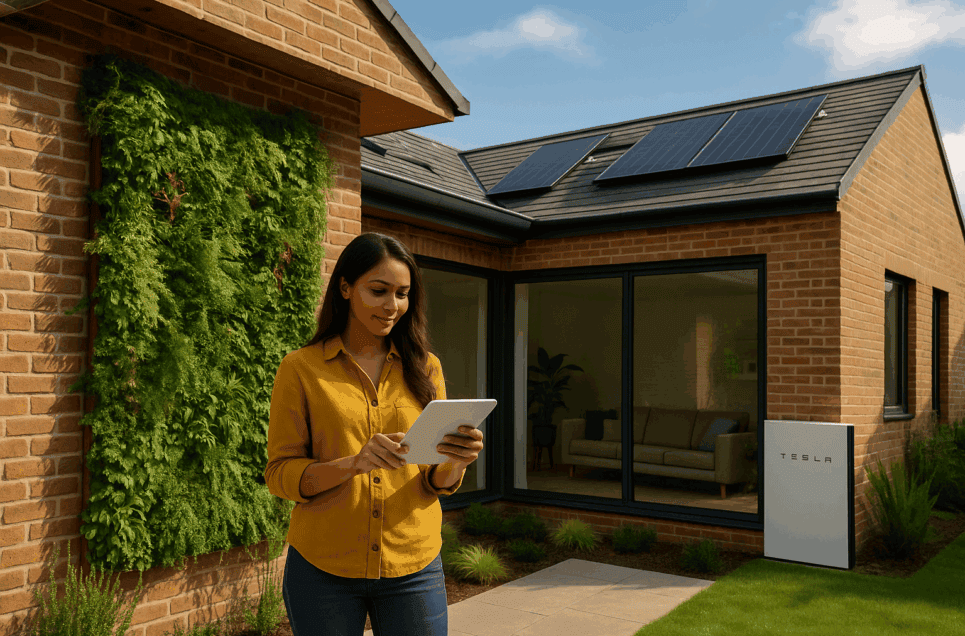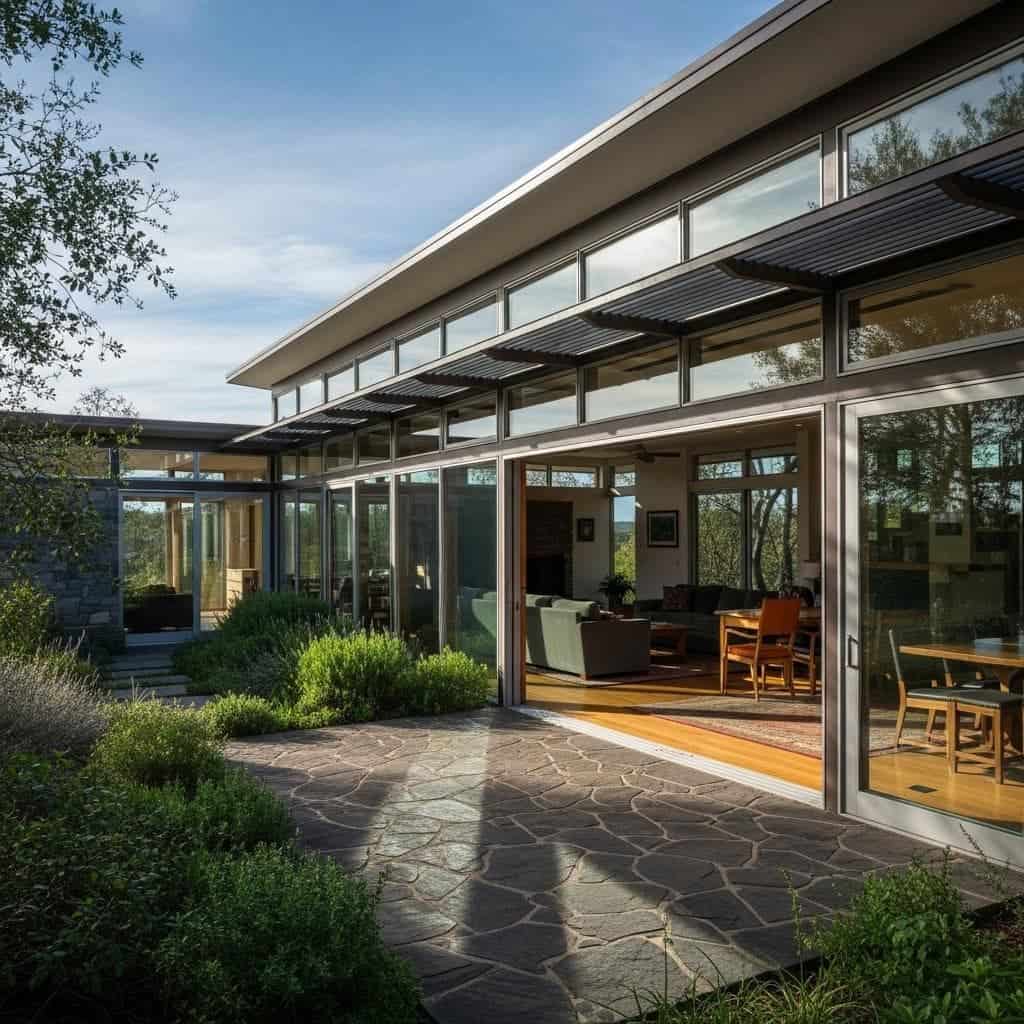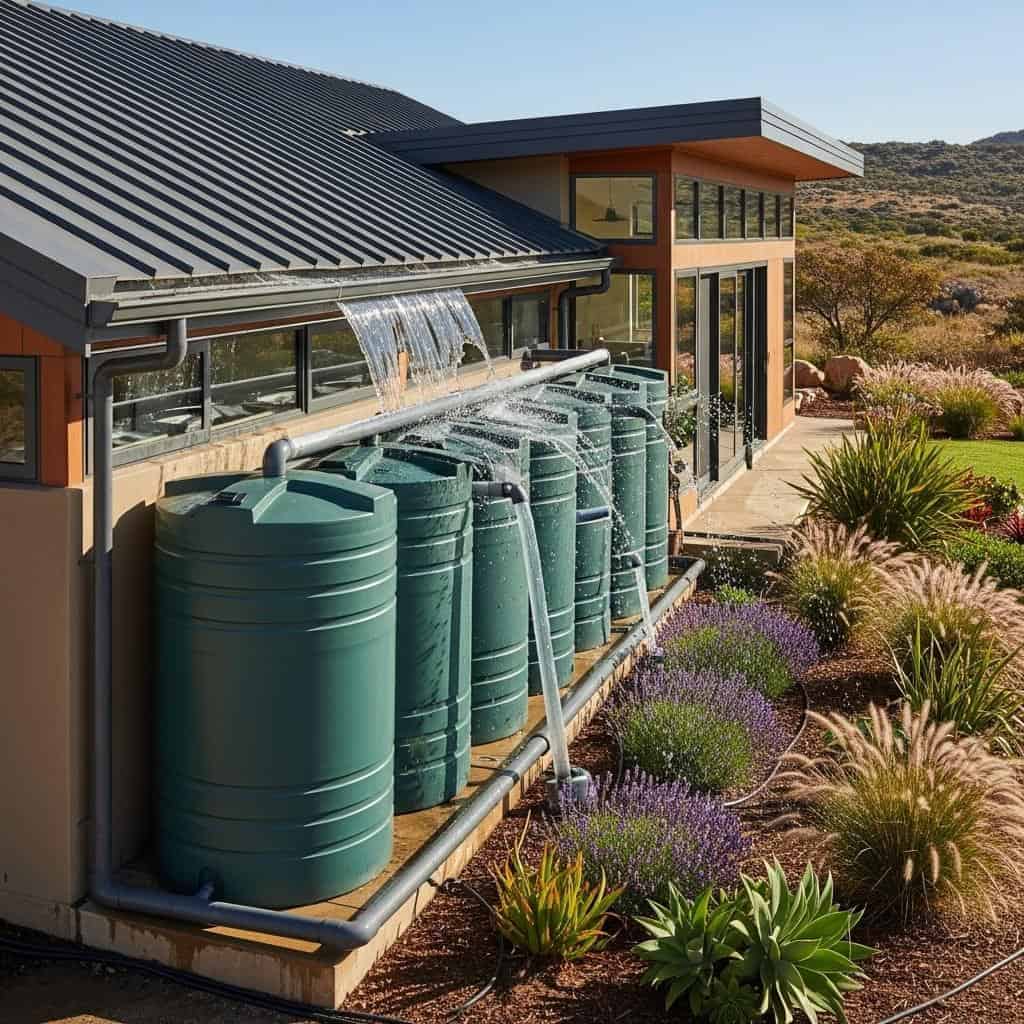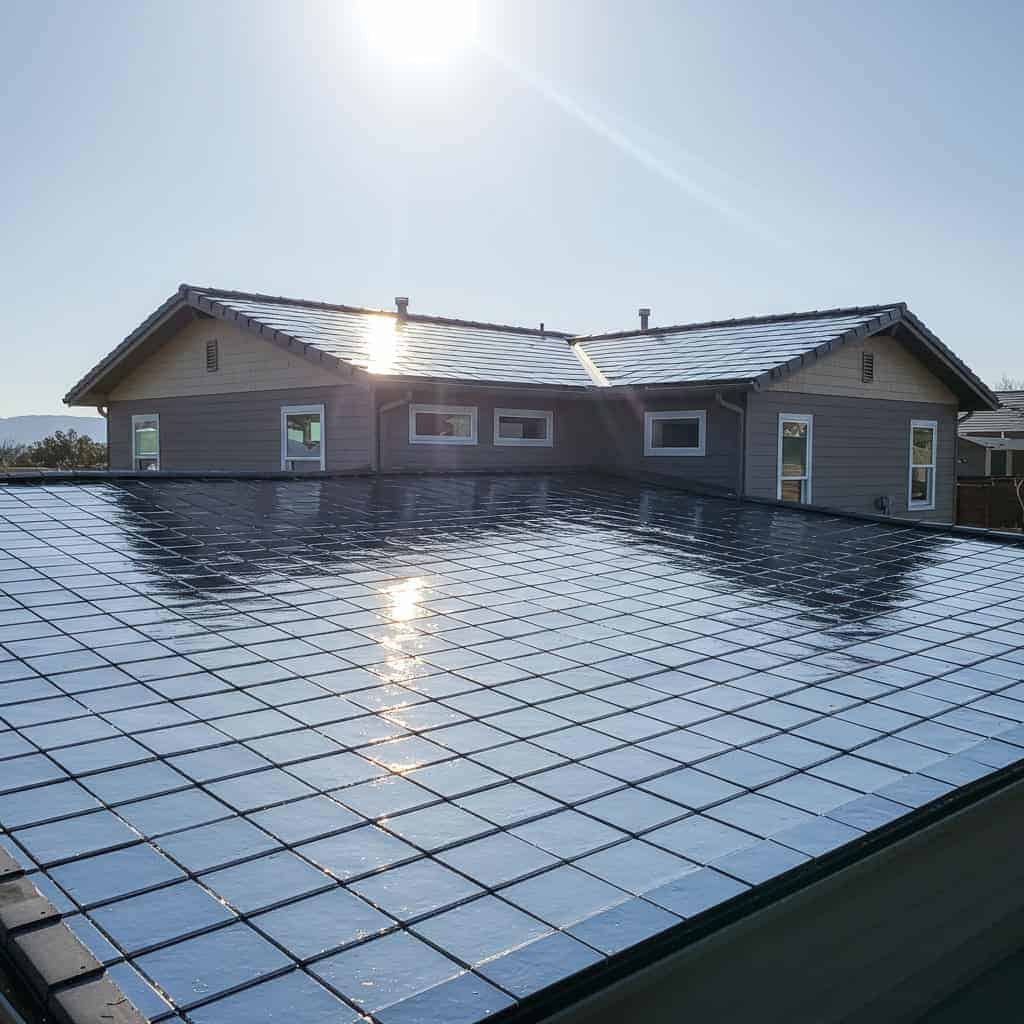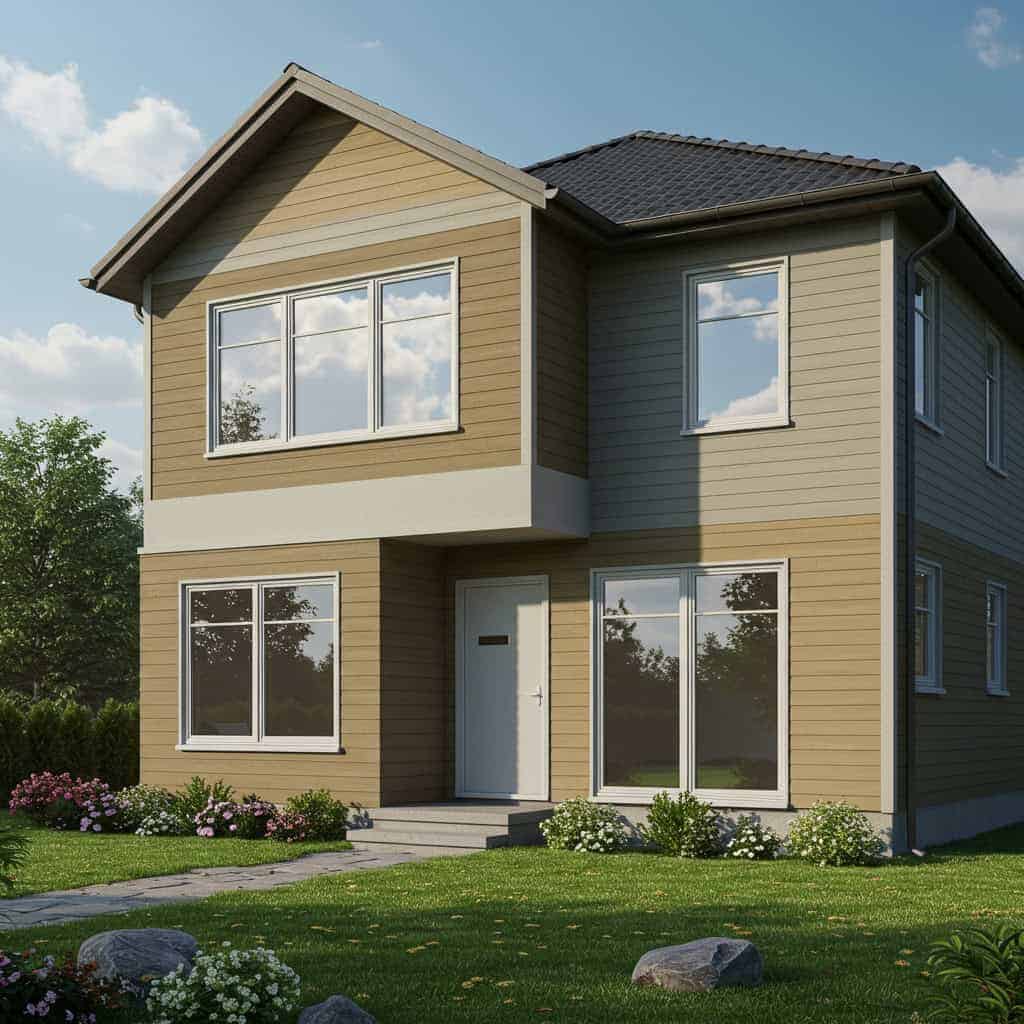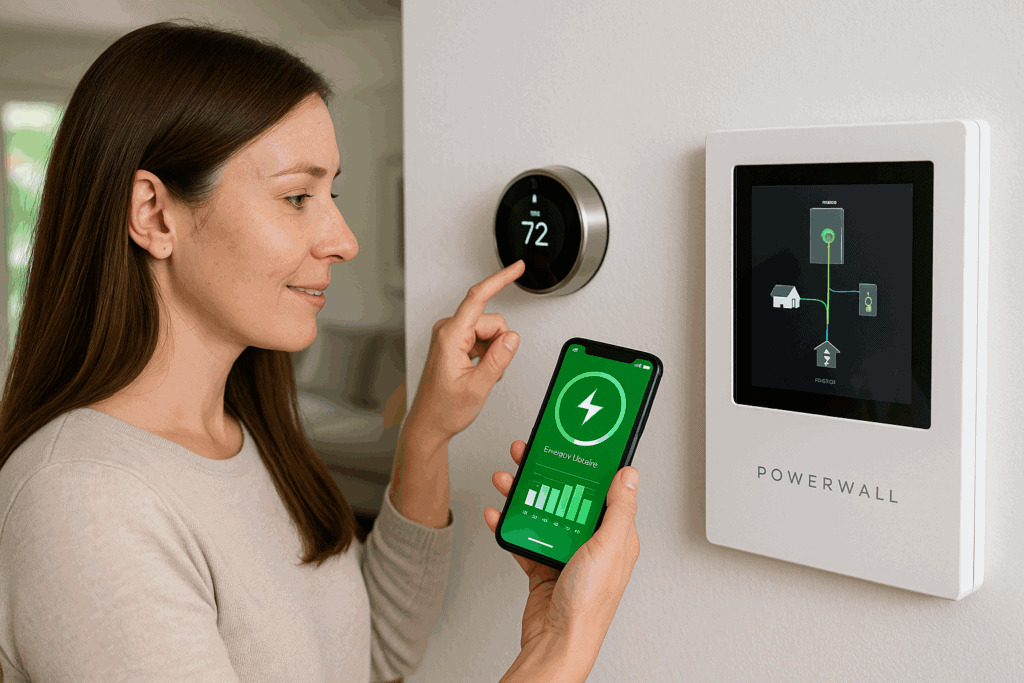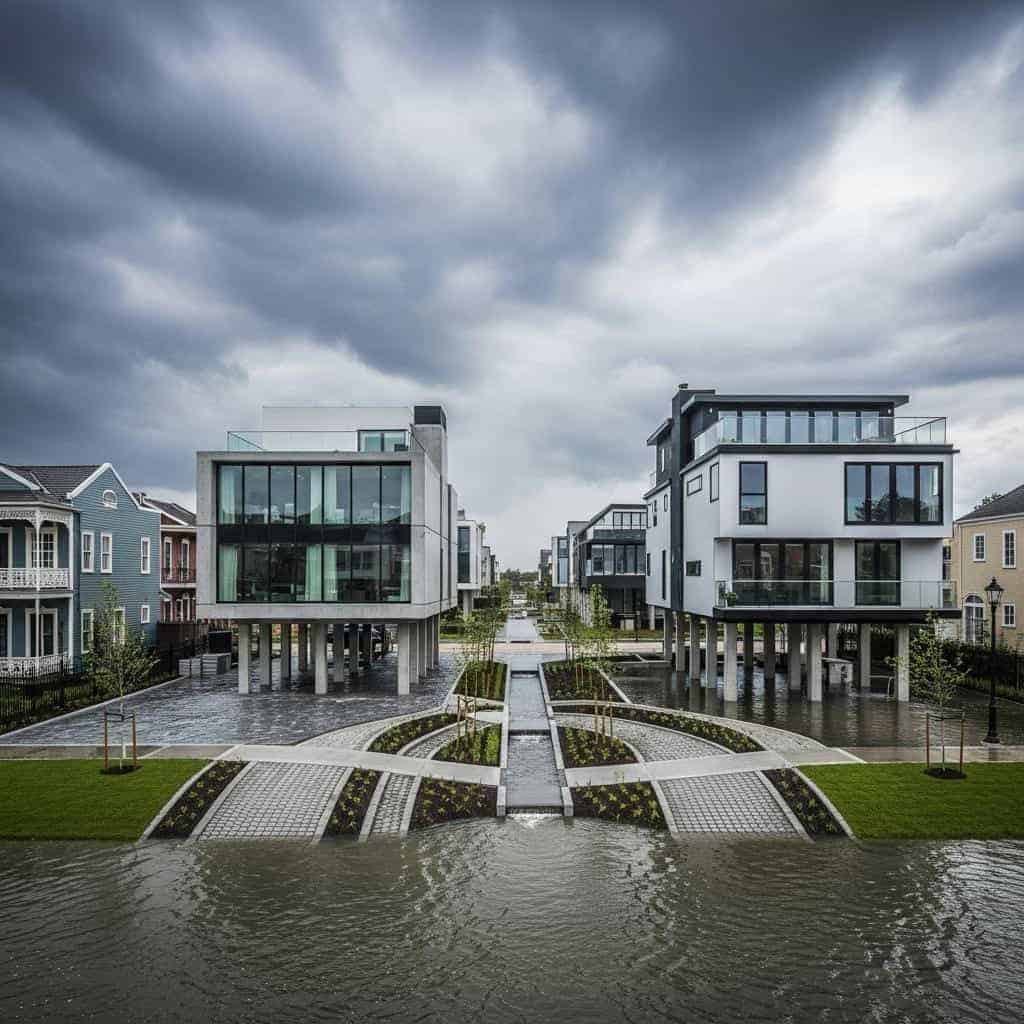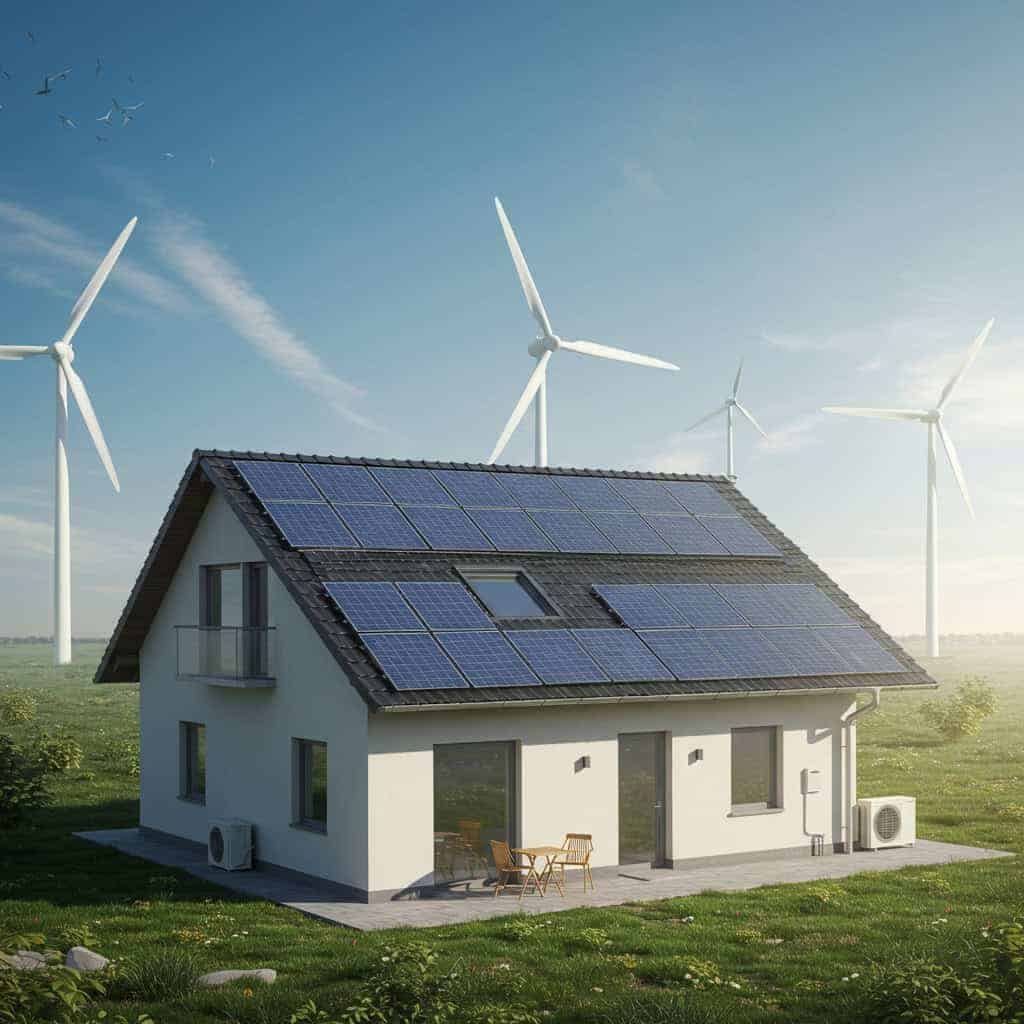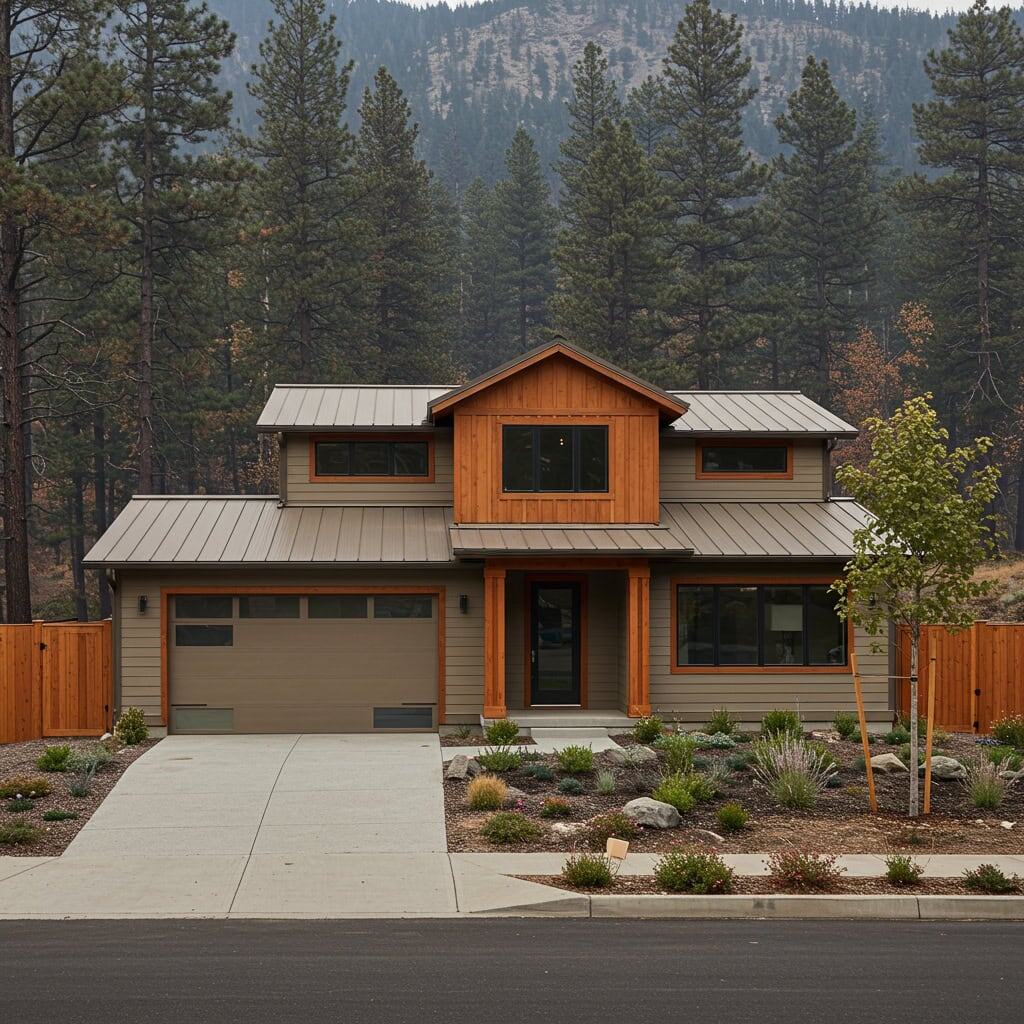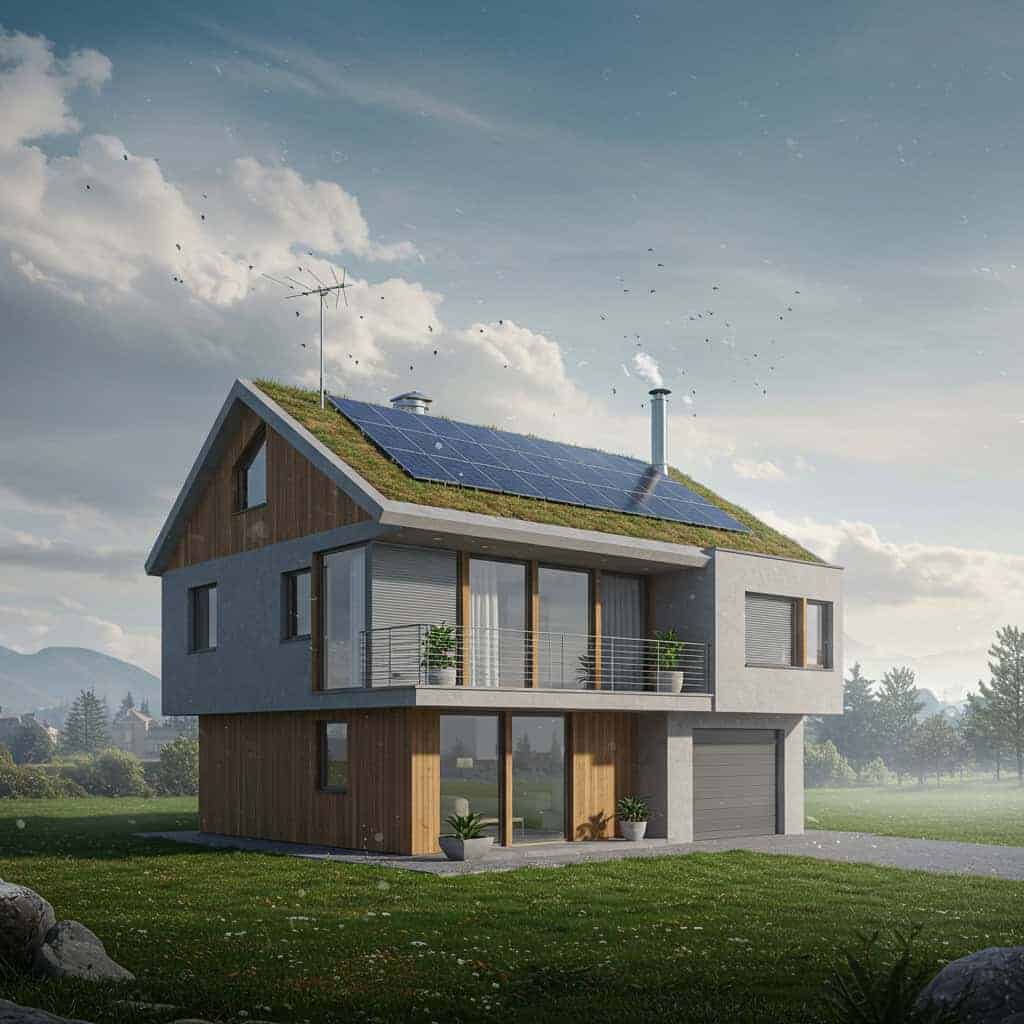Climate change is reshaping the way homes are designed and built, prompting innovation in sustainability, resilience, and comfort. Modern design solutions now focus on conserving resources, adapting to extreme weather, and reducing environmental impact. These forward-thinking ideas aren’t just about style—they address some of the biggest challenges of our era by integrating technology, materials, and strategies that help homes thrive in a changing world.

